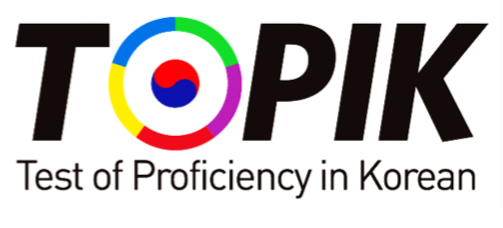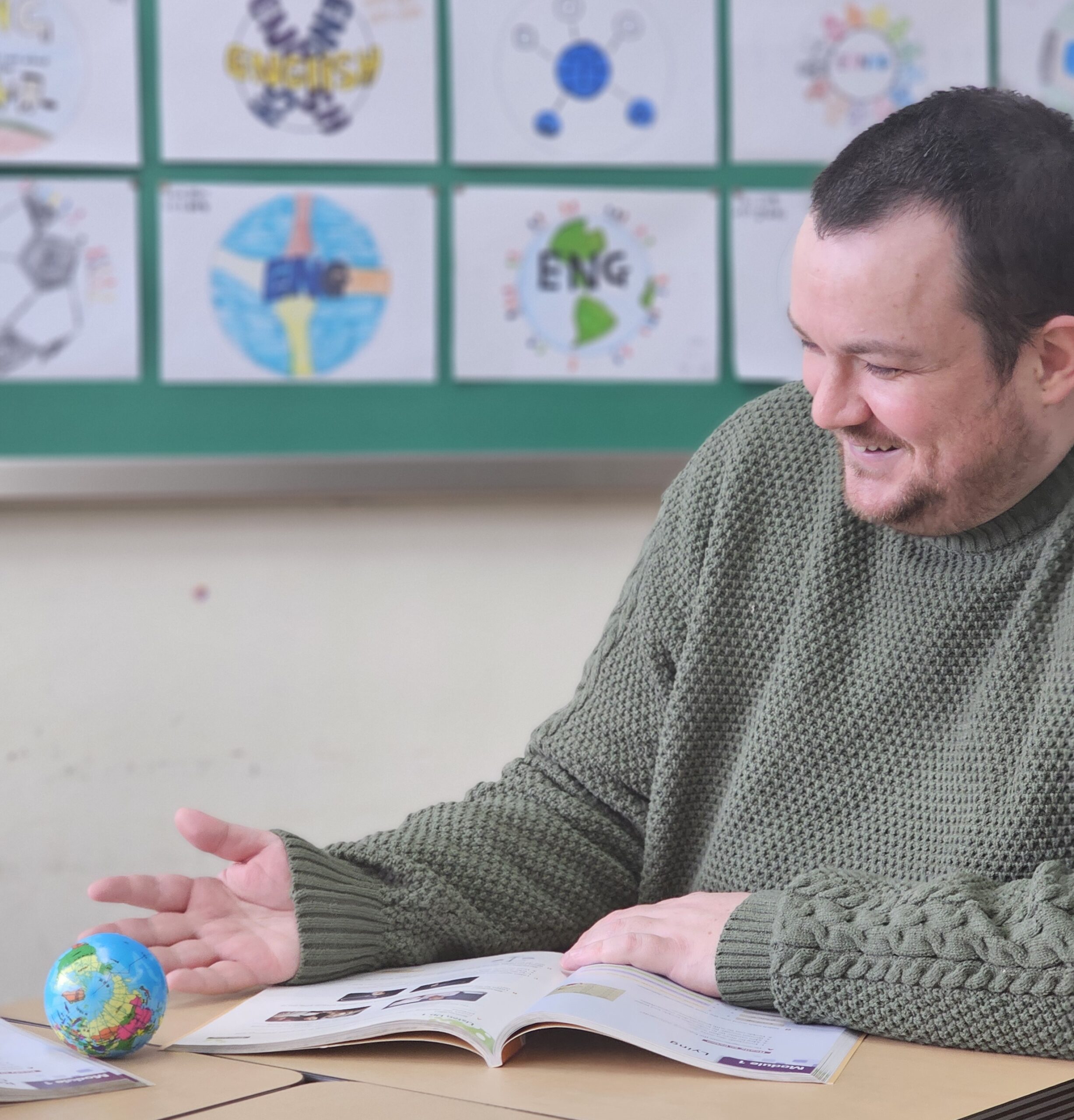Getting on the Level About Learner Levels: Dealing with Students’ Varied Language Abilities – March 2025
By Bryan Hale
If you work in English language teaching (ELT), you probably have detailed, even passionate, ideas about your students’ ability levels and what they should mean for teaching. But perhaps you have found discussion around this issue can lack precision and purpose. There are also substantial disagreements about whether or not to divide students by ability. Many teachers might not have a choice about organization of courses or classes, but we all do have responsibility for managing our classrooms, and thinking and communicating about these issues with clarity could be beneficial.
Clarifying Terms and Concepts
Even just imagining chatting with colleagues about student levels, I feel myself bracing for a chaotic jumble of issues! An initial focus on communication abilities might quickly get into academic aptittude, grades, behavior, and more. Exactly what “level” means might not even be clearly defined in the process of organizational decision-making related to it. So, let’s clarify some of the concepts that often overlap in these discussions.
Streaming (or tracking) refers to dividing classes based on some measure, often academic performance. For example, a secondary school might schedule English lessons at the same time for an entire grade, and combine homerooms into “A,” “B,” and “C” classes based on test scores. In other contexts, such as universities or private academies, division similar to streaming might occur. This approach is particularly contentious in K-12 teaching, and is now discouraged by education authorities, as we will explore further.
Within-class grouping often refers to long-term, ability-based groupings within a class, although we can of course make more temporary pairs and groupings within lessons. As with streaming, there are similar disagreements about the merits of within-class grouping.
Academic aptitude is about students’ likelihood and ability to succeed within school settings. This is not the same as ability to successfully use language, but when we talk about “levels,” it is easy to focus mainly on this!
Age is obviously distinct from ability, but they are also interrelated, and in most settings, age is the prime way in which students are separated (although in after-school programs, academies, and university classrooms, there might be some mixing of age levels). In any context, it is worth asking “What understandings and assumptions do we have about students’ ages?” and “What do their ages mean about their previous and current learning and abilities, and how do we know?”
Behavior is a topic that dominates many conversations! Behavior management is something many teachers need more time to talk about, and it is easy to muddle in with other issues. But most teachers clearly understand that behavior is distinct from ability and knowledge. They can impact each other, though! Chances are we’ve encountered the “troublemaker” whose English communication skills are stronger than their classmates’.
Other “levels”: Maybe you’ve taught private academy groups named after Ivy League universities, animals, or similar. These ad hoc levels might involve factors we’ve already mentioned, and also the amount of time a student has spent in a particular academy, their own or their parents’ expectations, and even the amount of money they pay. In these contexts it might be more delicate, but perhaps even more crucial, to be clear about what we really mean by “level.”
But, if none of these really is what we mean by “level,” then what should we talk about?
Let’s Talk About Communicative Competence
Communicative competence is the ability to use language in authentic contexts. It includes knowledge of form – pronunciation, vocabulary, grammar – but it also encompasses using language functionally, appropriately, and purposefully. This term was proposed by sociolinguist Dell Hymes in 1966 and has been integral to the communicative approach to language teaching in the decades since. In my experience, in many Korean ELT contexts, “communicative competence” isn’t part of the regular professional vocabulary. Additionally, it often isn’t actually what we mean by “level”: We might actually mean academic aptitude, or success with rote learning, and so on. But if you have a student who is “surprisingly good” at English compared to their peers, and then you find out that they spend hours each week gaming with players around the world, or they spent last vacation at an English school in the Philippines, what you’ve probably initially noticed is their communicative competence. This concept is invaluable for understanding our learners’ progress, and it’s worth being aware of where it is and when it isn’t what we’re talking about.
“There are also substantial disagreements about whether or not to divide students by ability.”
Should We Organize Students According to Communicative Competence?
In recent years, practices of dividing students by aptitude or ability have come into question. Hattie (2009, pp. 90–91) mustered evidence from many studies to influentially argue that streaming risks alienating lower-level students without benefiting overall outcomes. Ability grouping can deprive students of role models and also opportunities to act as mentors, and can negatively impact students’ self-concept (Johnston & Wildy, 2016, pp. 9–10). The OECD recommends against streaming in its advocacy for educational equity (OECD, 2012). So, we should at least be sensitive to potential negative side-effects in ability grouping, and consider that mixing abilities might have benefits. Other possibilities for grouping students include random grouping, grouping by interest or goal, or making groups in which each student has a role such as “secretary.” Some questions to ask include “In this context, what could lower-level students learn from their peers?” and “What opportunities to support and guide each other might students have, and how could they benefit from these?”
However, we need to recognize that communicative competence largely involves implicit knowledge rather than explicit conceptual understandings that one student might productively explain or model to another. A common critique of broad-stroke, “evidence-based” recommendations is that they flatten ages, contexts, and types of knowledge, and indeed Hattie himself cautions against being careless about particularities (Lovell, 2018). If two students’ communicative competence diverges widely, they simply might not be able to meaningfully interact in English. In our teacher talk, we don’t overwhelm our learners with huge walls of language they can’t process; maybe we can’t expect highly fluent students to be so sensitive with classmates or to be interested in behaving like a teacher. If we want our classrooms to include student-to-student English, ability grouping might be necessary. Furthermore, Korean students often arrive at school having already experienced wildly different opportunities to develop communicative English: Ability groupings could be said to promote equity by creating valuable learning opportunities for less privileged students. Given the considerations we’ve discussed, some questions to ask include “For which tasks is it most necessary or advantageous to organize students according to level?” “Would longer-term groupings or more temporary ones be more beneficial?” and “How can we assess, identify, and talk about communicative competence in ways sensitive to learners’ experiences and self-concept, and in ways encouraging of development?”
Whether we are organizing courses and classes, or planning the many possibilities within lessons and classrooms, a constructive way forward might be more purposeful and transparent pedagogic communication about communicative competence. A useful standard to refer to is the CEFR scale.
The Common European Framework of Reference for Languages (CEFR) Scale
The CEFR was developed in Europe following the emergence of communicative language teaching and is a descriptive scale aimed at valuing achievements at all levels and promoting autonomy, self-confidence, and motivation (Council of Europe, n.d.). CEFR descriptors classify communicative abilities from A1 (beginner) to C2 (proficient), and information freely available online ranges from the highly detailed to comprehensible self-assessment grids – something to do a quick search for if you’re curious!
Although the CEFR is from Europe, it is now used worldwide. I think it offers a helpful framework in Korean ELT settings because it can help us diminish the foggy influences of school politics, irrational expectations, and student (and parent) sensitivities, and instead focus pedagogic communication on describing learning and progress in honest, purposeful, and encouraging ways. There are many options for incorporating the CEFR: We could link tasks, diagnostic and formative assessments, or planning and rationale documents to CEFR descriptors; we could ask students to self-assess and then consider their level in choosing their own tasks and goals for independent learning; we could put the descriptors on display on our walls in the hopes of making our professional discussions more precise and productive!
In a blog post I’m fond of, Scott Thornbury (2011) illuminates ideas for an innovative language learning environment that dissolves many of the hierarchies and barriers that define most schooling and gives learners profound freedom over their engagement. This would be truly ideal in many ways! But as Thornbury notes, even in this context, learners would need to be aware of and self-assess their language abilities. More clarity, and less contention, about communicative ability and its development might be valuable for schools, teachers, and learners alike.
References
Council of Europe. (n.d.). Historical overview of the development of
the CEFR. https://www.coe.int/en/web/common-european-framework-reference-languages/history
Hattie, J. (2009). Visible learning: A synthesis of over 800 meta-analyses relating to achievement. Routledge.
Hymes, D. (1966). Two types of linguistic relativity. In W. Bright (Ed.), Sociolinguistics (pp. 114–158). Mouton.
Johnston, O., & Wildy, H. (2016). The effects of streaming in the secondary school on learning outcomes for Australian students: A review of the international literature. Australian Journal of Education, 60(1), 42–59. https://doi.org/10.1177/0004944115626522
Lovell, O. (Host). (2018, May 18). John Hattie defending the meta-analysis (No. 018) [Audio podcast episode]. In Education Research Reading Room. https://www.ollielovell.com/johnhattie/
OECD. (2012). Equity and quality in education: Supporting disadvantaged students and schools. OECD. http://dx.doi.org/10.1787/9789264130852-en
Thornbury, S. (2011, May 22). O is for open space. An A–Z of ELT. https:// scottthornbury.wordpress.com/2011/05/22/o-is-for-open-space/
The Author
Bryan Hale currently teaches at Jeonnam Foreign Language High School in Naju. He is a lifetime member of the Gwangju-Jeonnam KOTESOL chapter and has served in various roles throughout KOTESOL, including chapter and national president. He holds a Master of Applied Linguistics (TESOL) from the University of New England, Australia.


